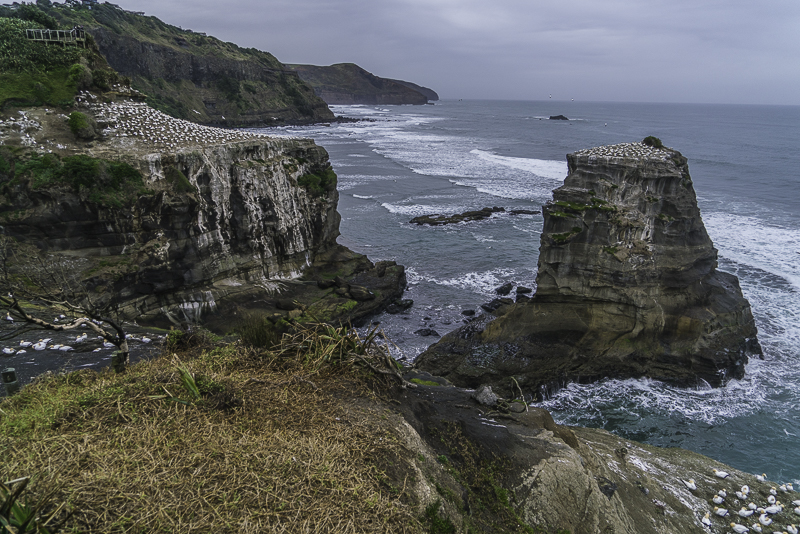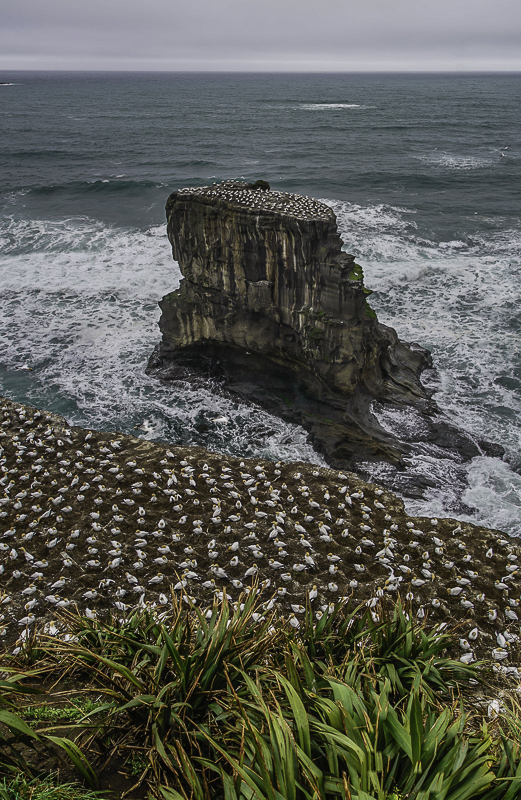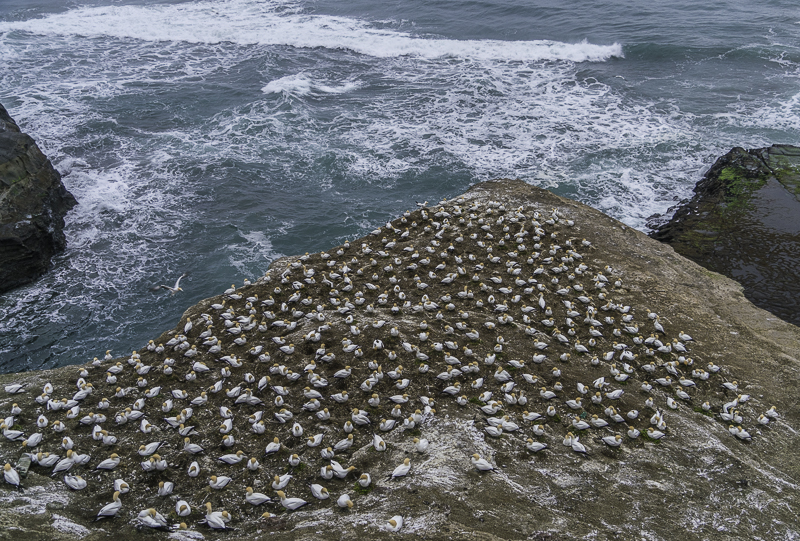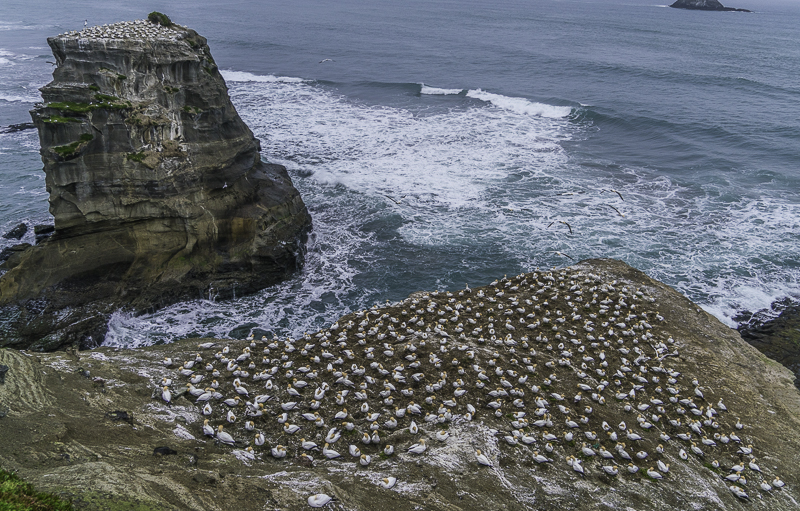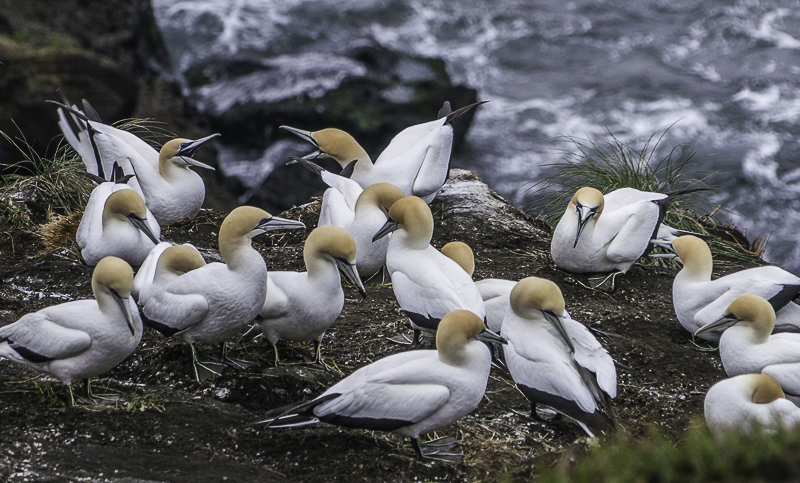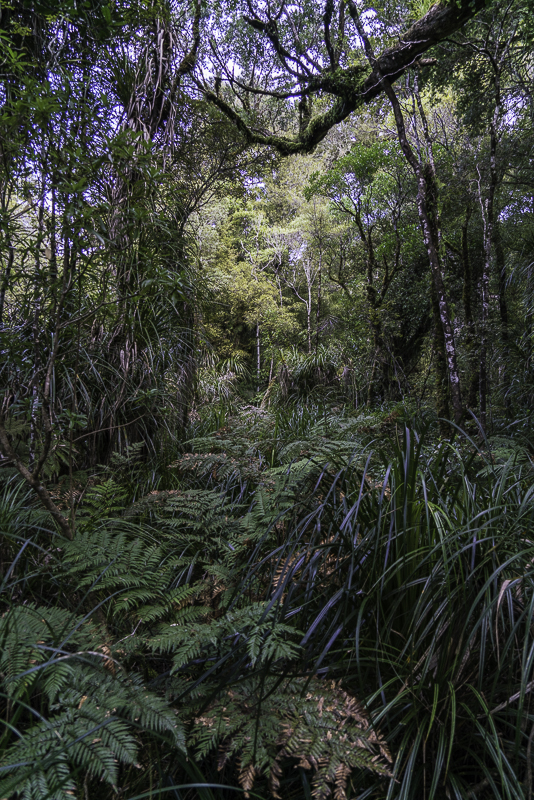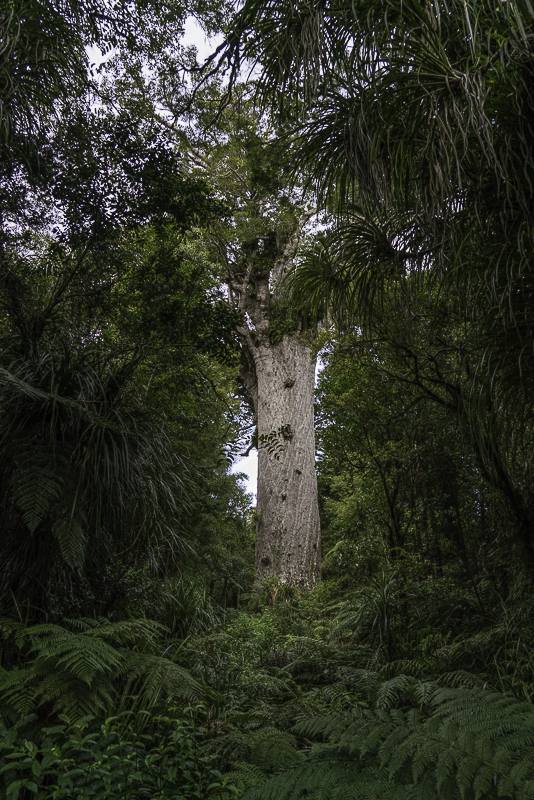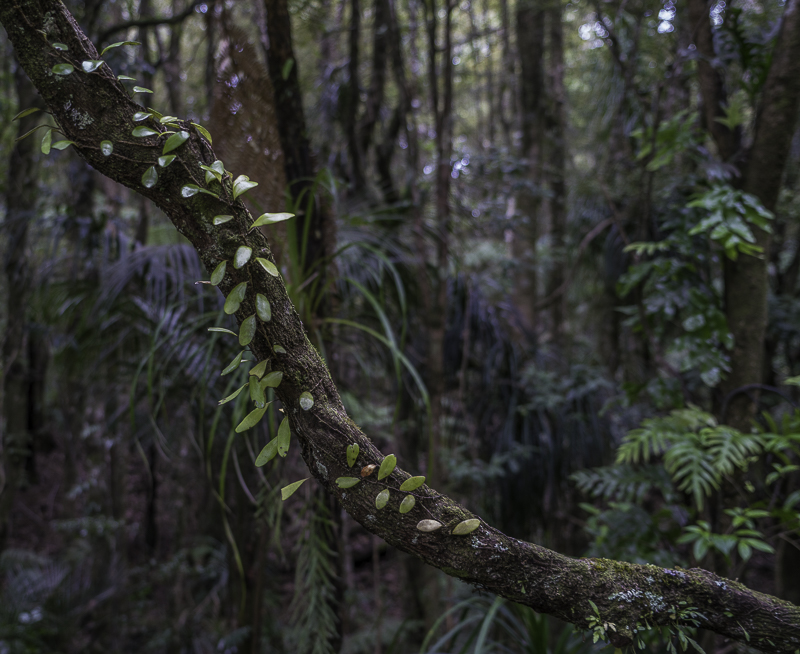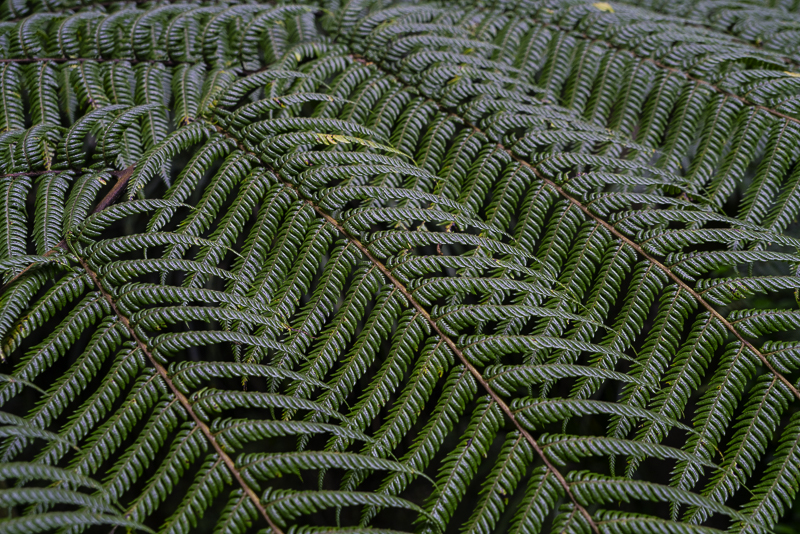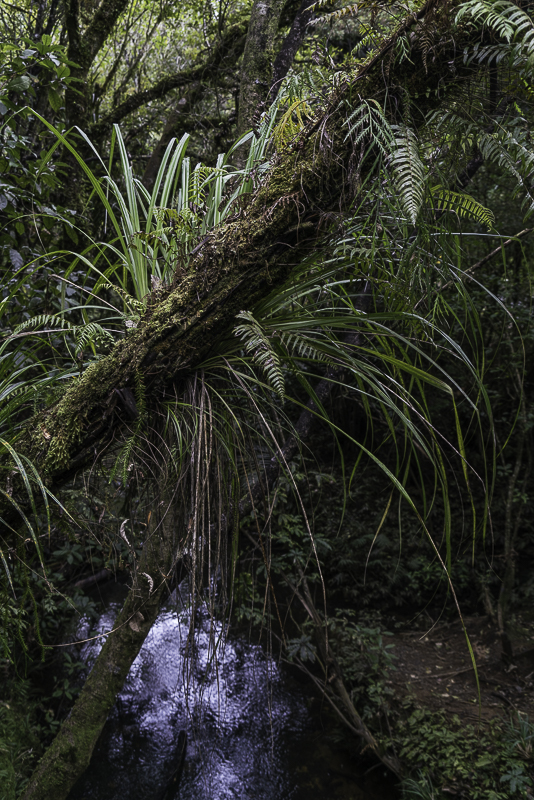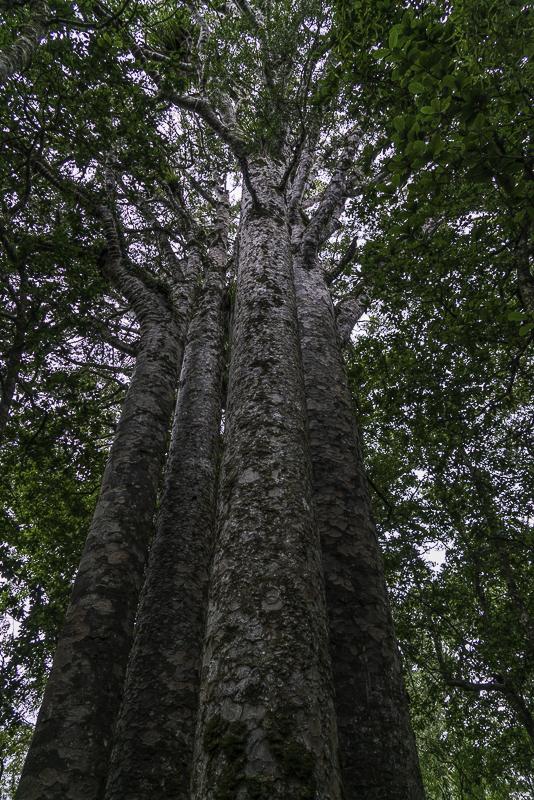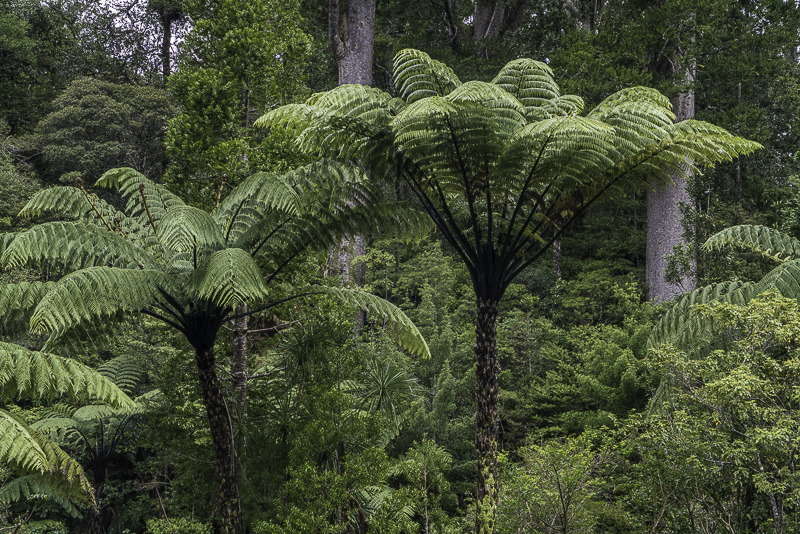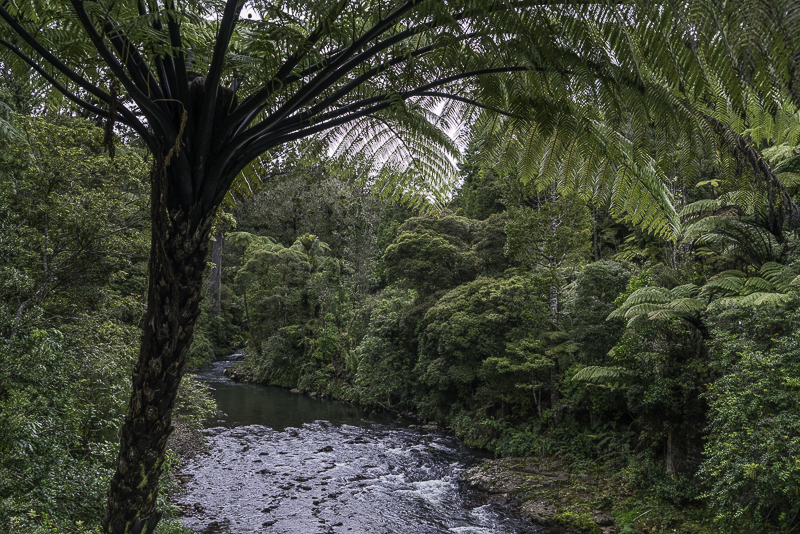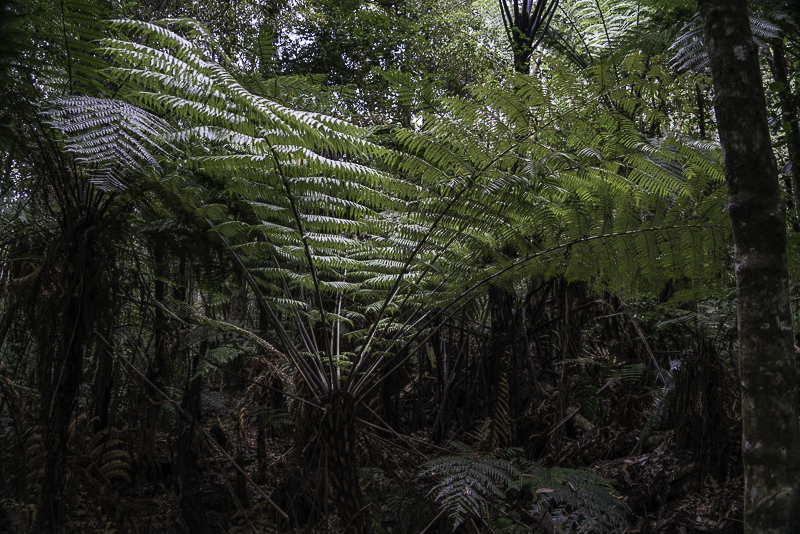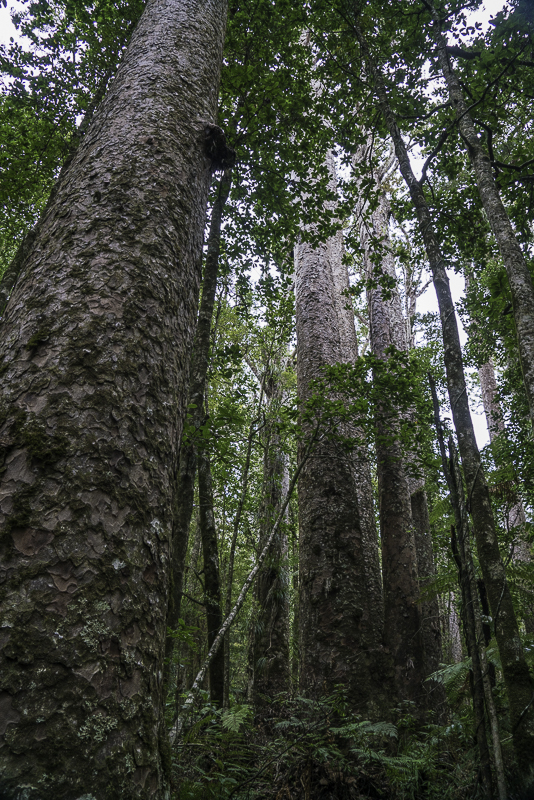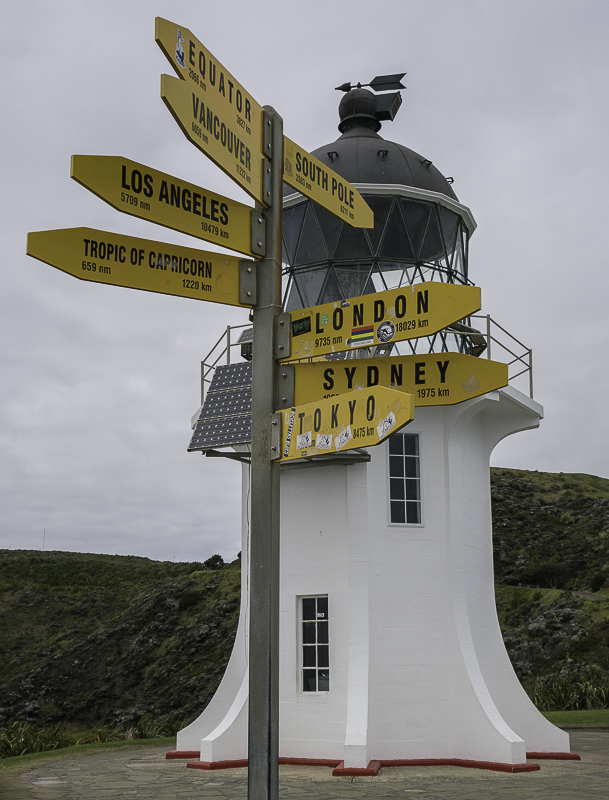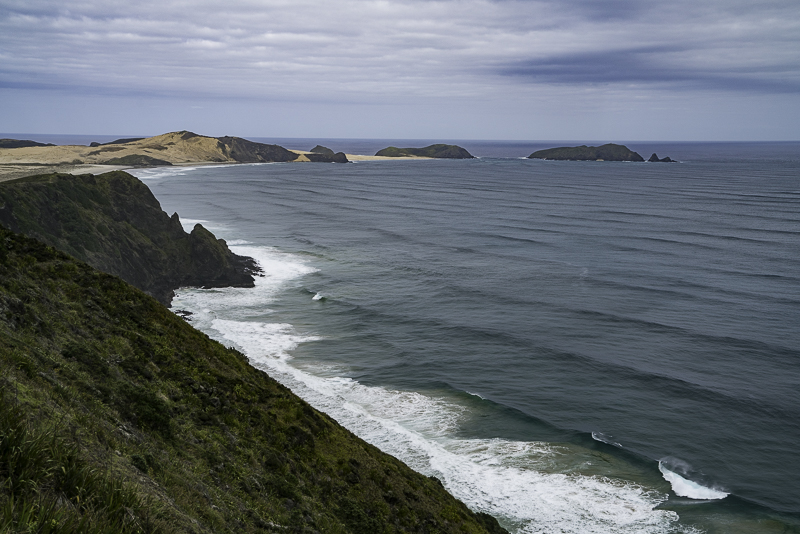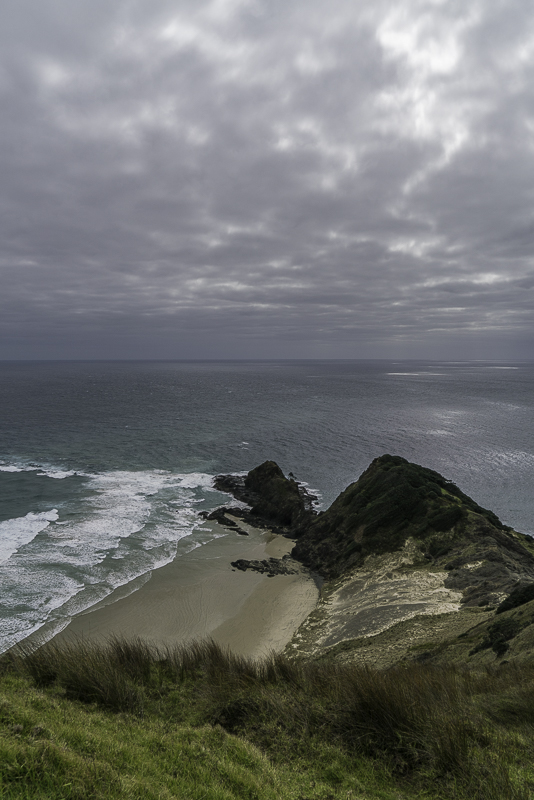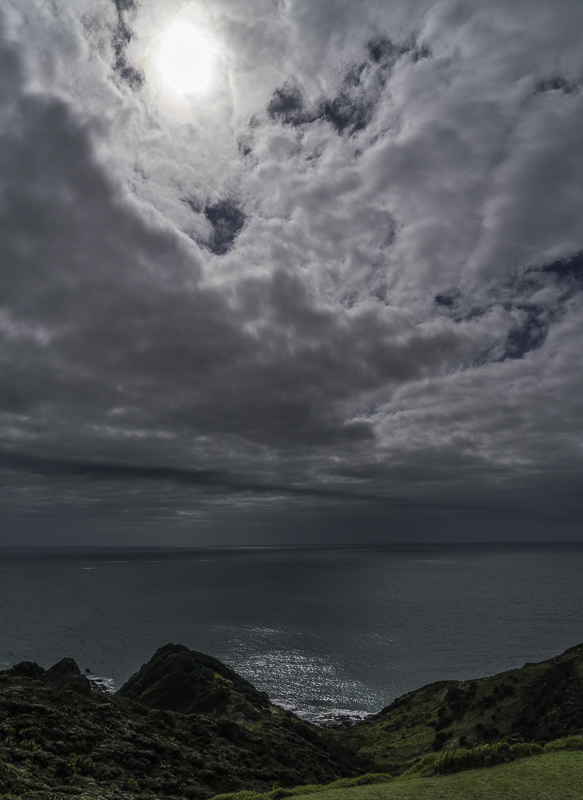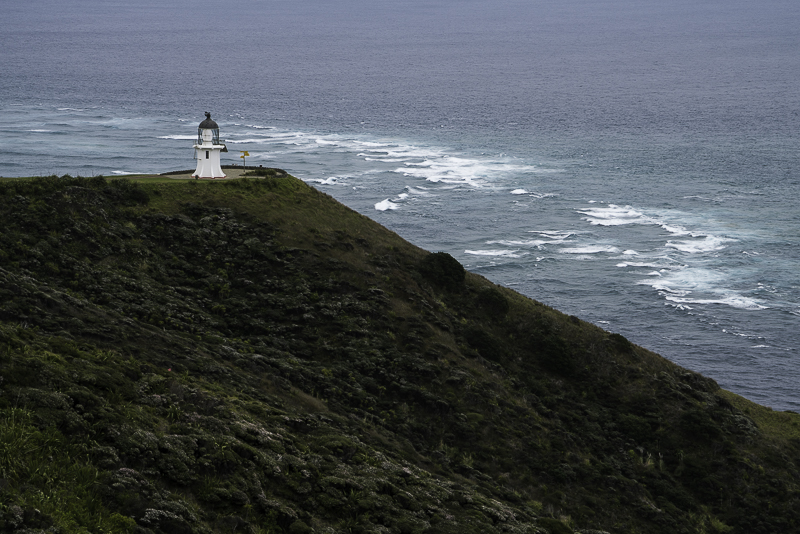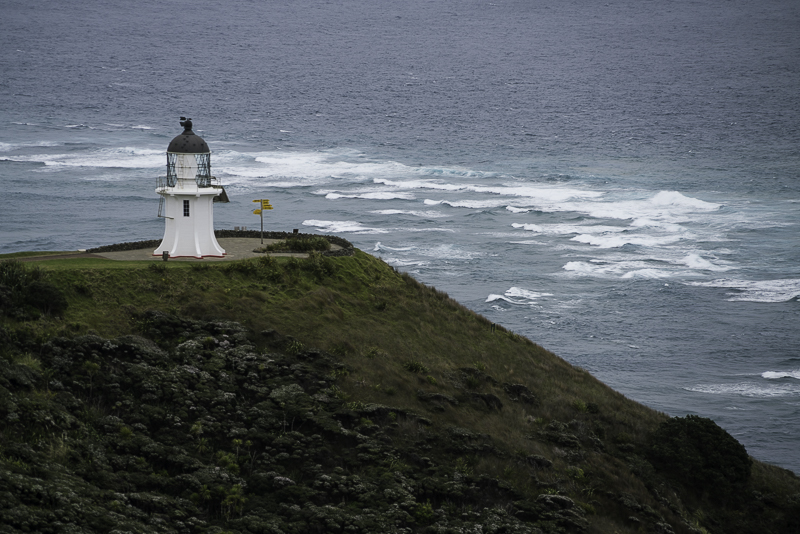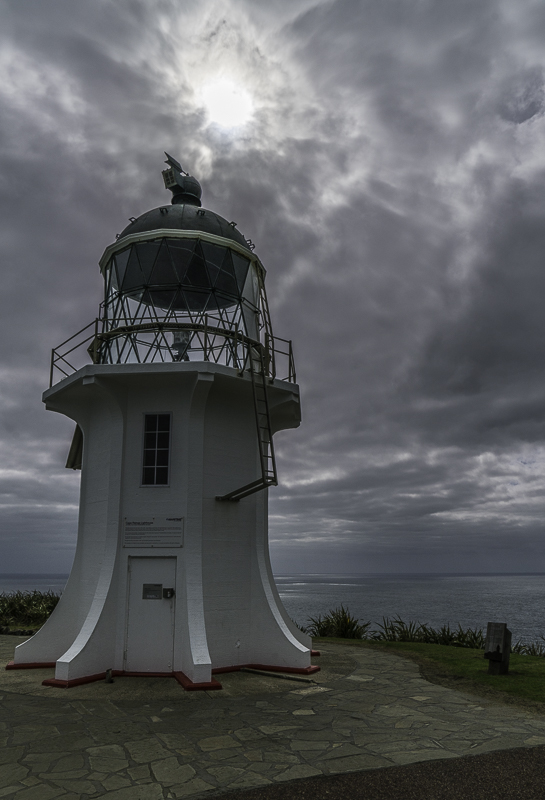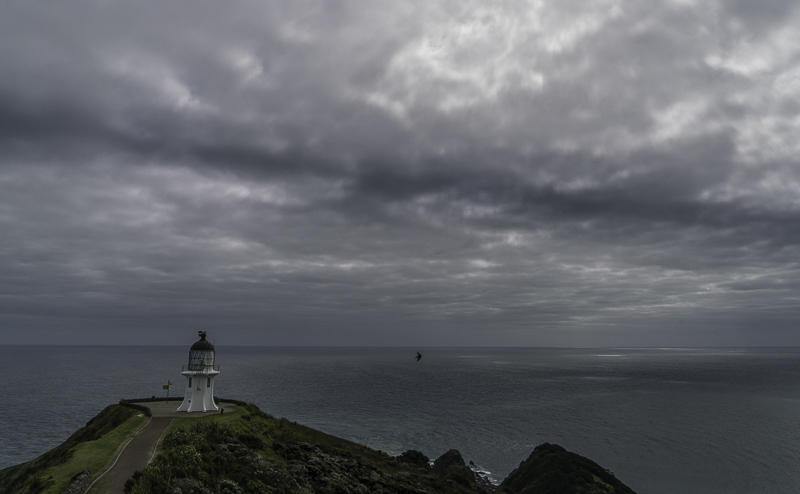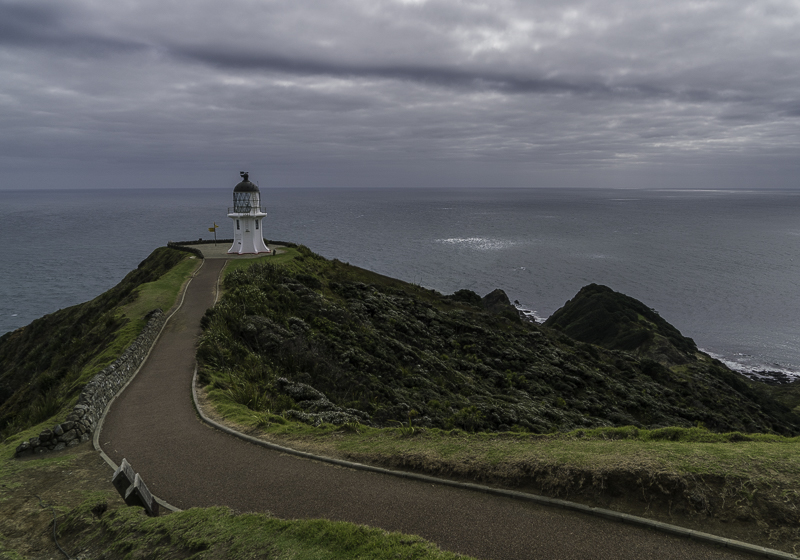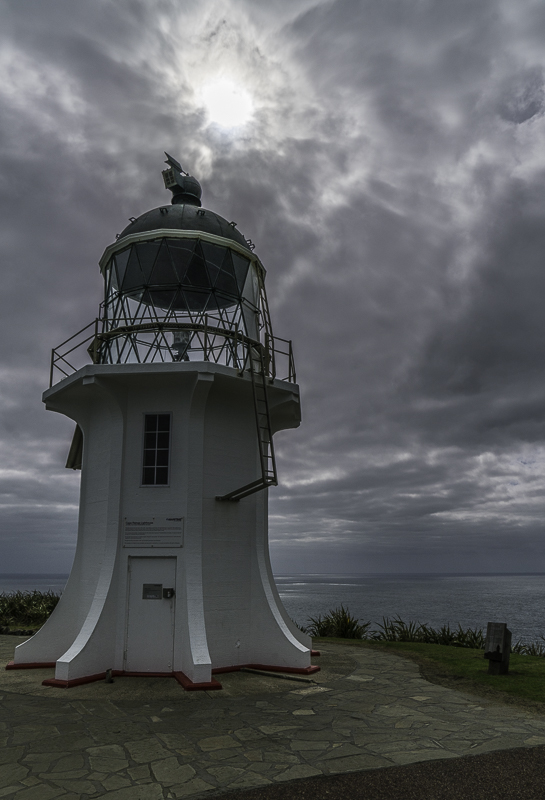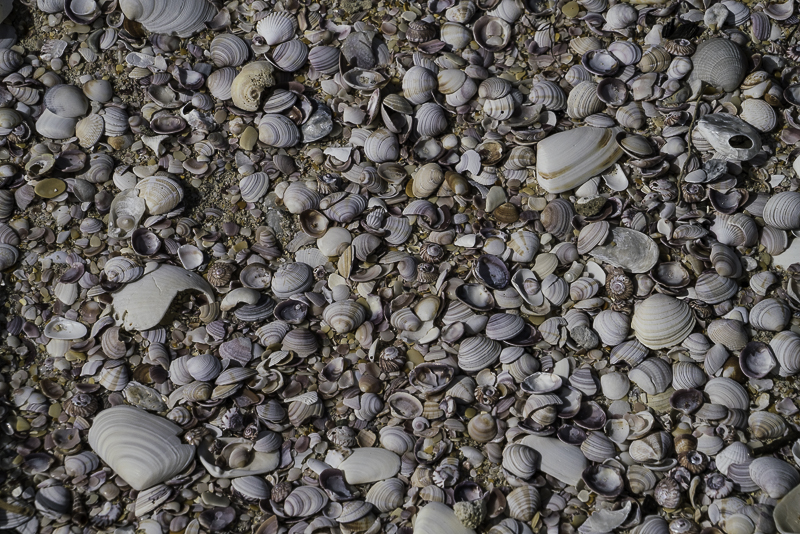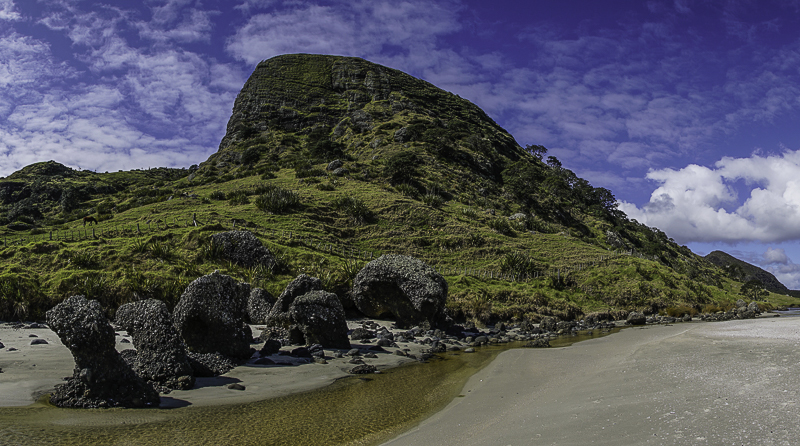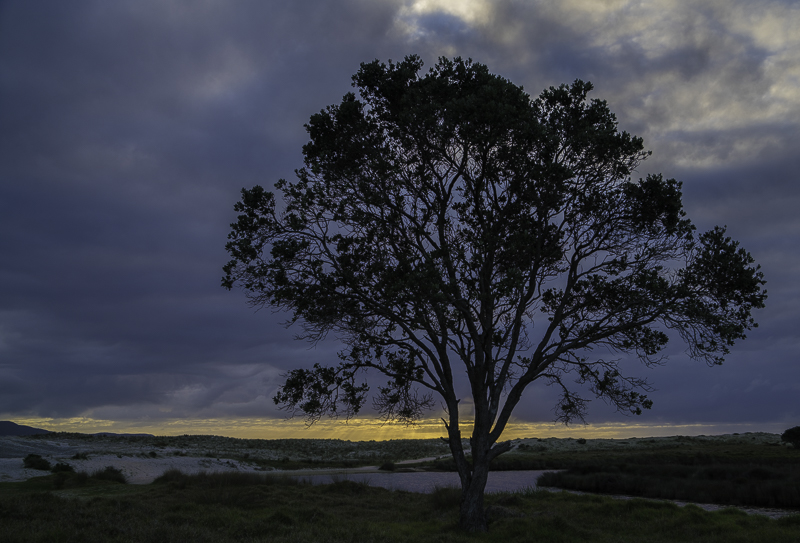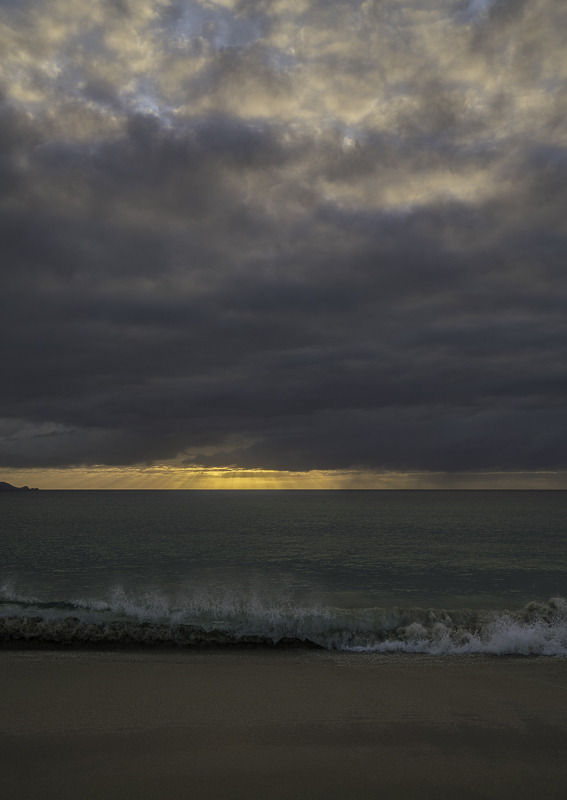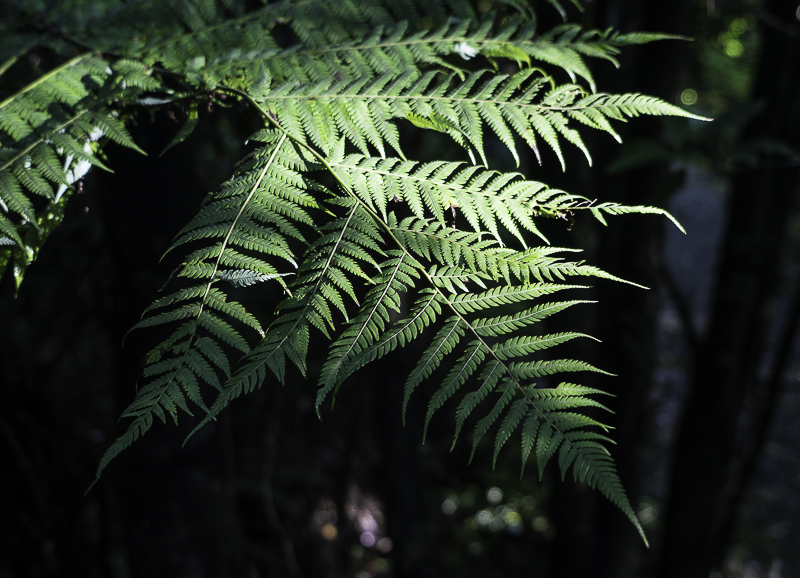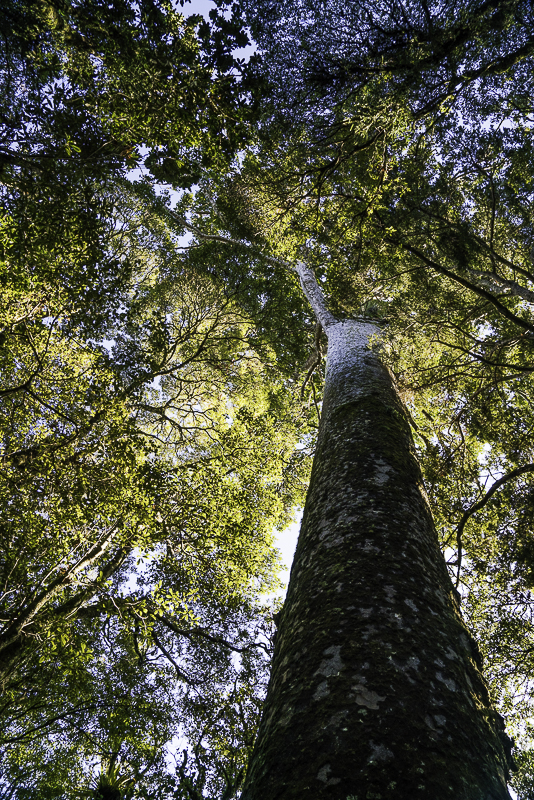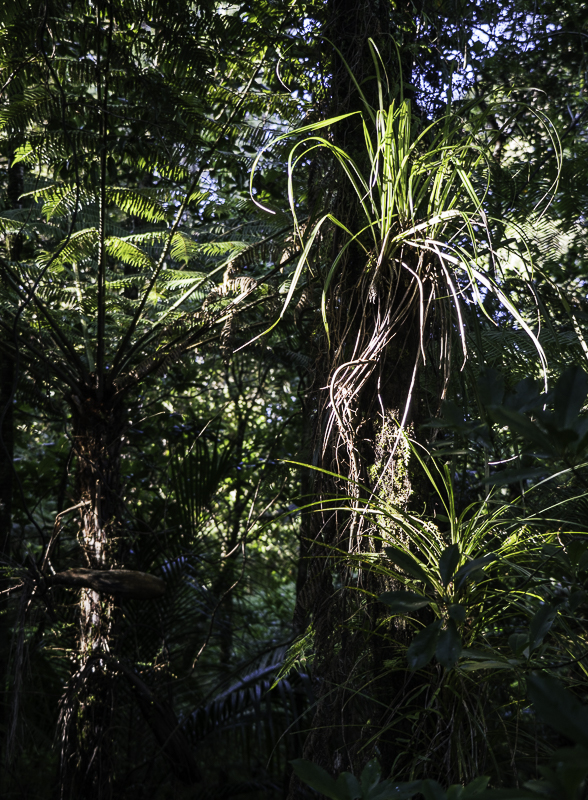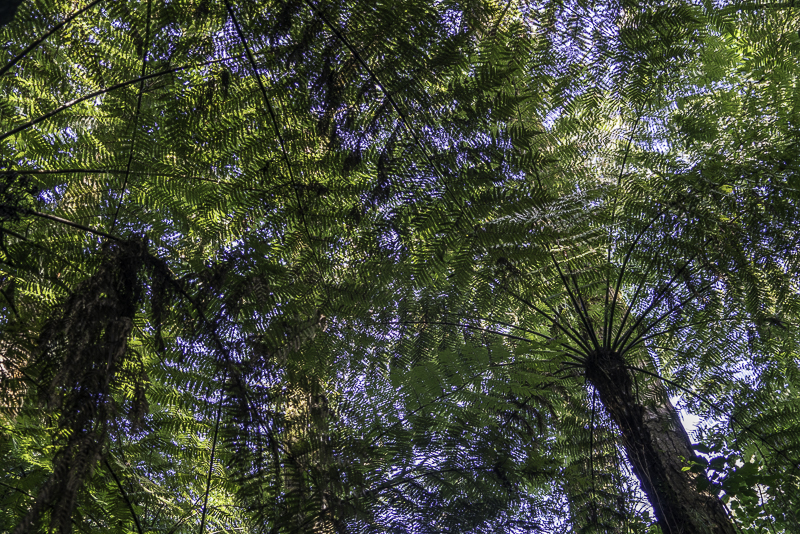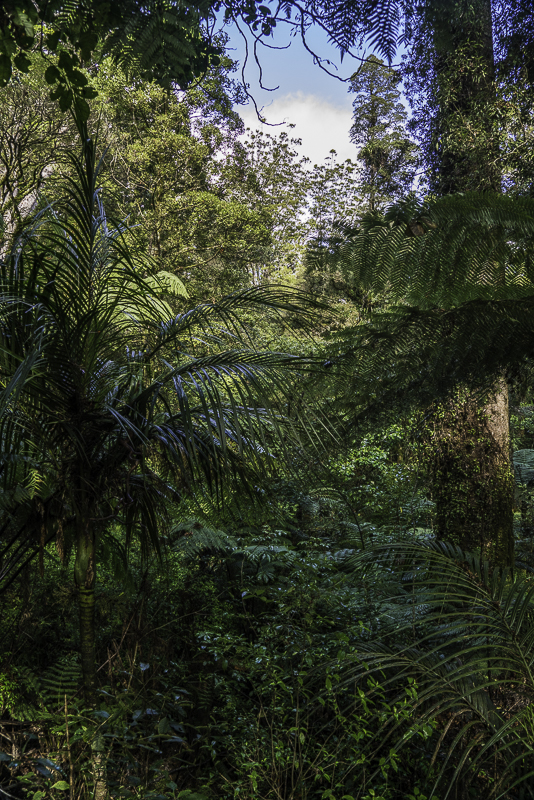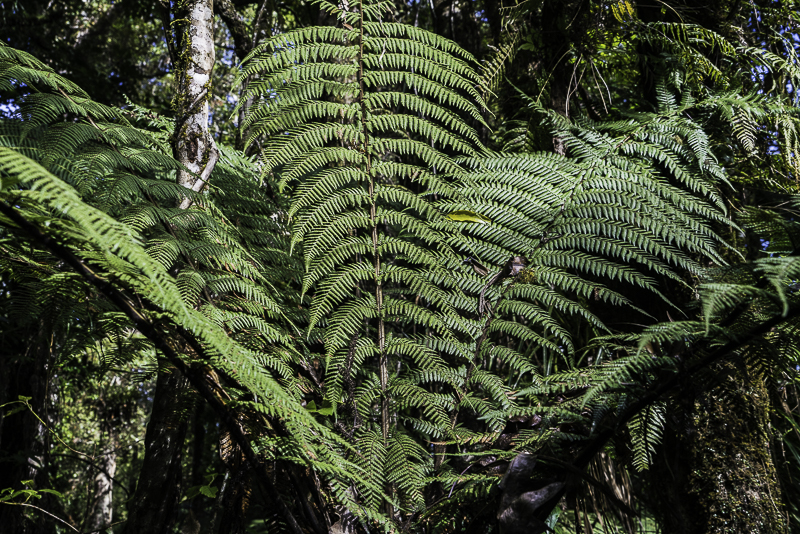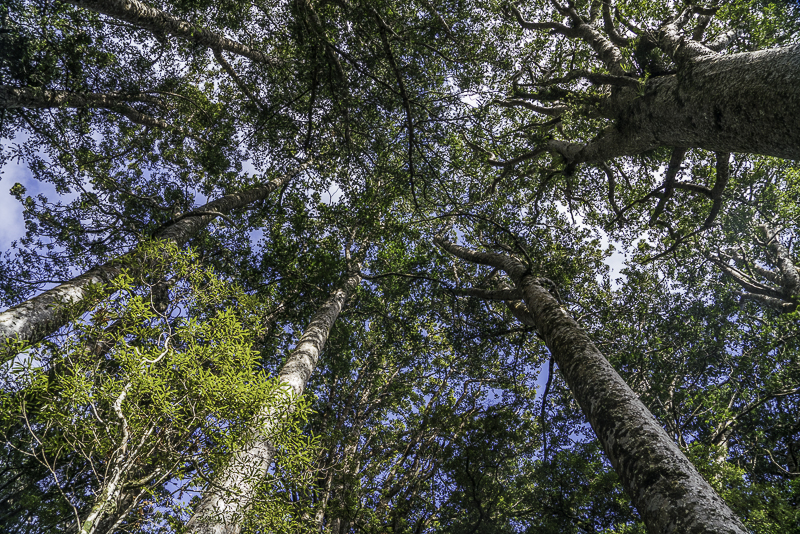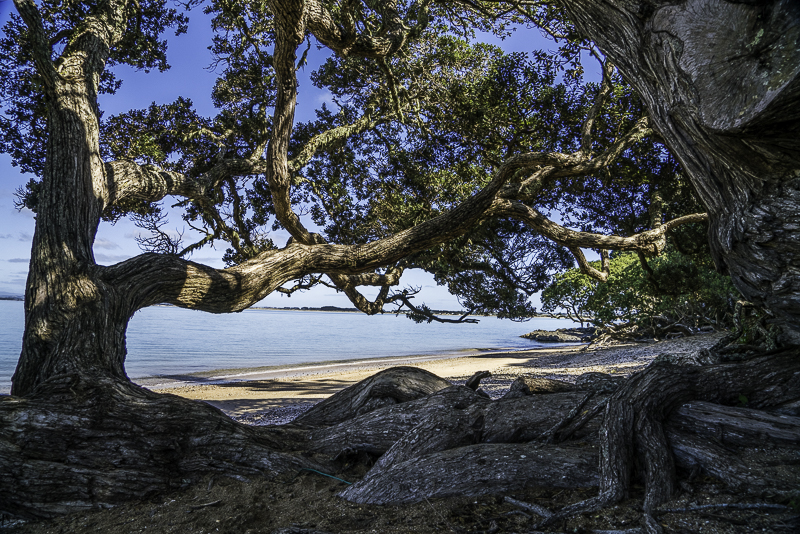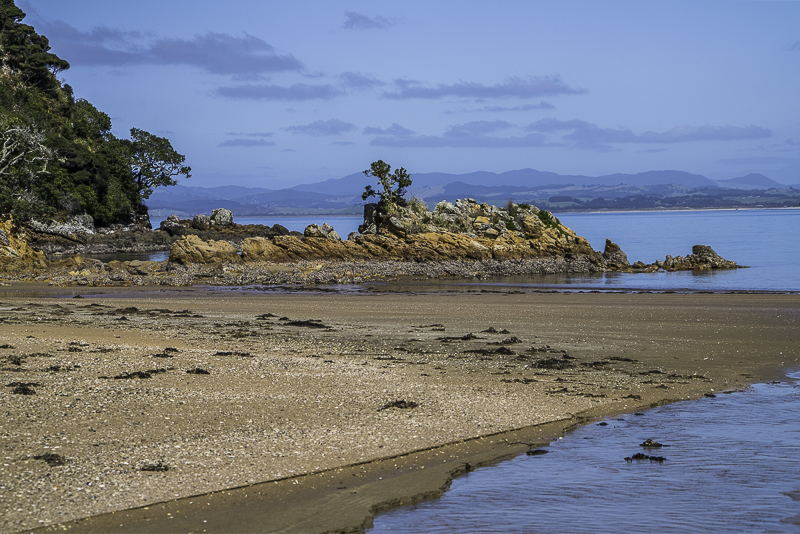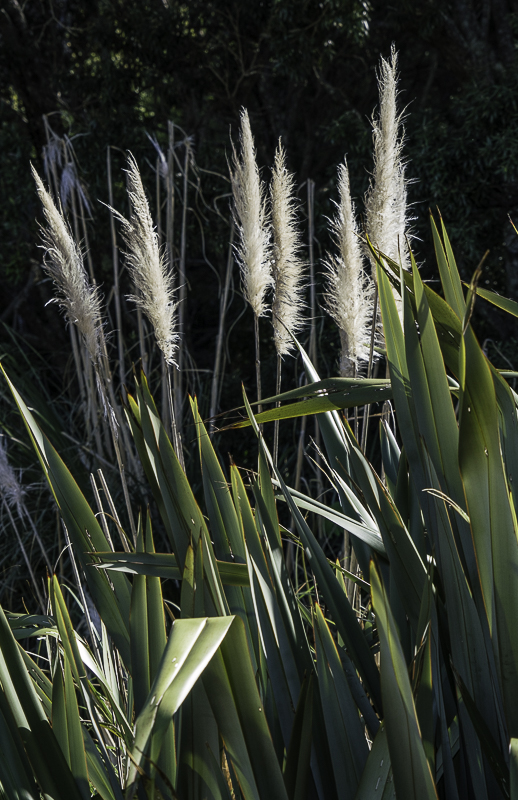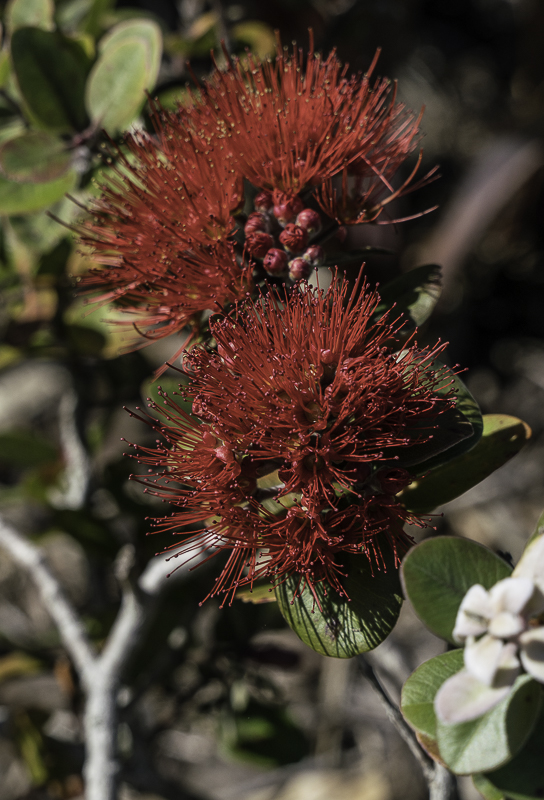The Glow Worms suspend tiny threads from the ceiling of the caves that are covered with droplets of adhesive. When some tasty little insect gets stuck in the sticky stuff, the Glow Worm reels them in for dinner. My guide pointed out that they don’t actually eat the insects, they just suck all the fluid out of their bodies. That distinction is probably of little consolation to the insect that has just become dinner for a glowing maggot.
The caves with the most Glow Worms are the ones that have streams flowing through them. The stream is the source of the aquatic insect food for the Glow Worms. The insects come up out of the water, see all the glowing lights above that look like stars, and fly up to take a better look. In the good spots, there are tens of thousands of little points of light on the ceiling of the cave making it look brighter then the Milky Way above. You float along in a boat inside the cave with all the lights turned off. Glow Worms are plentiful, but their light source isn’t very bright. As your eyes become accustomed to the dark cave, you can see more and more detail just from the glowing illumination of thousands of specks of light. It is truly an awesome sight. And seriously difficult to photograph!
I also went in a dry cave with lots of interesting limestone formations. Even in the dry caves there are a few Glow Worms, but nothing like the caves that have streams running through them. In one of the dry caves, we saw the bones of a Moa Bird. The Moa has been extinct for over 600 years. The largest species of Moa was the size of an Ostrich. They were the largest animal on the Islands until the Maori’s arrived and hunted them into extinction. By the time the first white explorers arrived, the Moa’s were long gone.
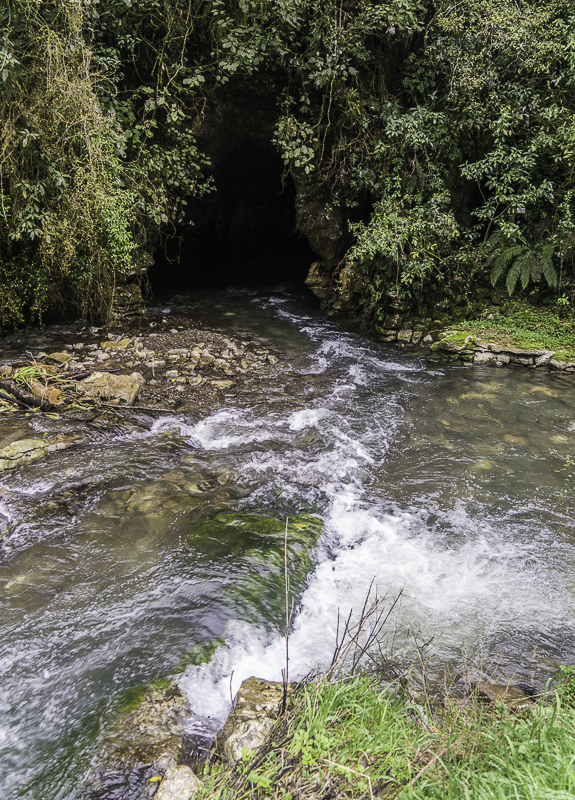
This stream is flowing into the cave that I’m going into to see the Glow Worms. There are elevated walkways in the cave, so you are above the level of the stream (until you get into the boat).
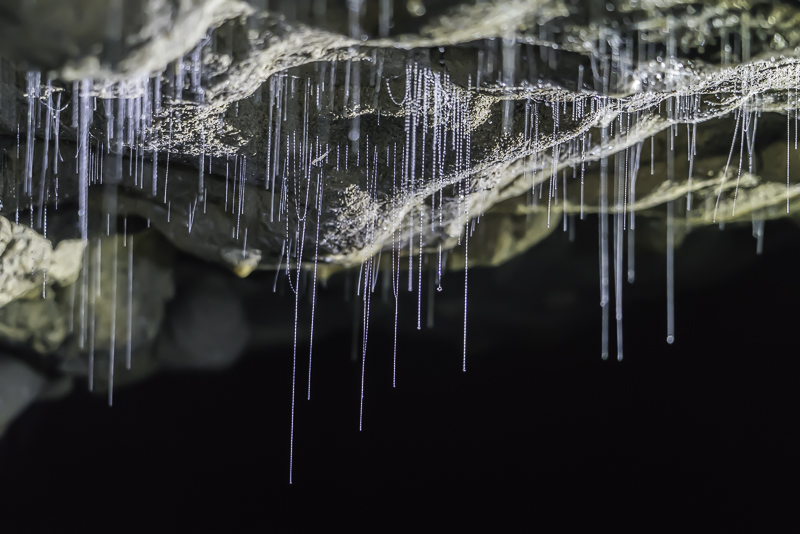
These are the tiny threads that the Glow Worms hand to capture their prey. You can see the tiny beads of stick adhesive that traps the insects.
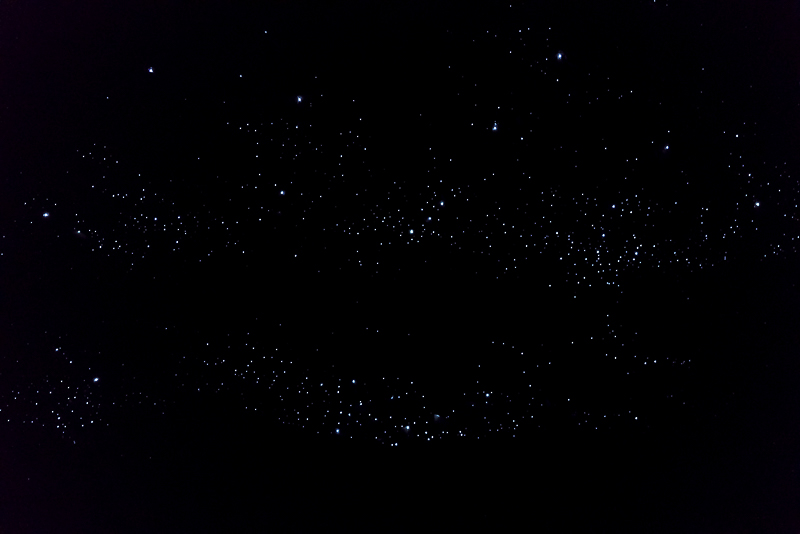
This is not a starry night. These tiny specks of light are each a Glow Worm. It takes about 20 minutes for your eyes to become accustomed to the dark so that you can start to see details in the cave that is illuminated by the thousands of tiny points of light. There are areas with more than this, but only accessible from the boat, and you can’t Photograph from the boat.
These are a bugger to photograph. This exposure was wide open, 2 seconds (hand held) at ISO 12,500. The 5 axis stabilizer of the Sony A7R II allowed me to hand hold this shot. The extremely low noise of the sensor let me go up to ISO 12,500.
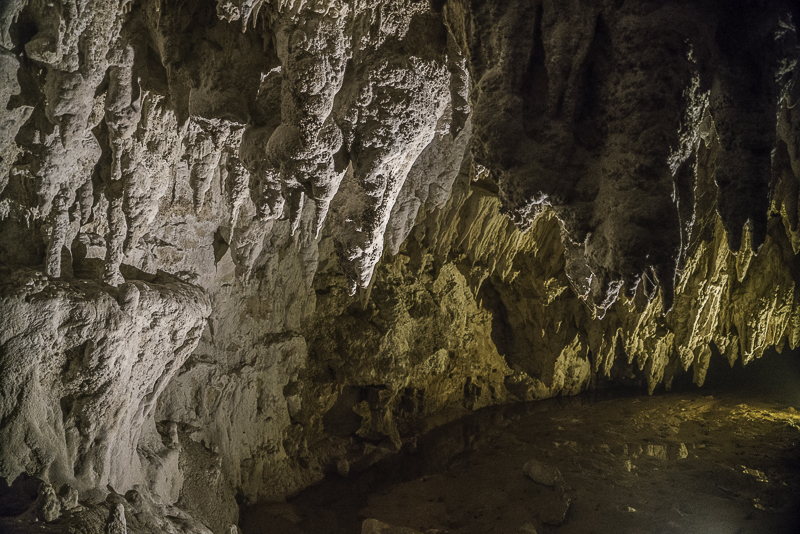
In the “dry caves” you can find really interesting limestone formations.
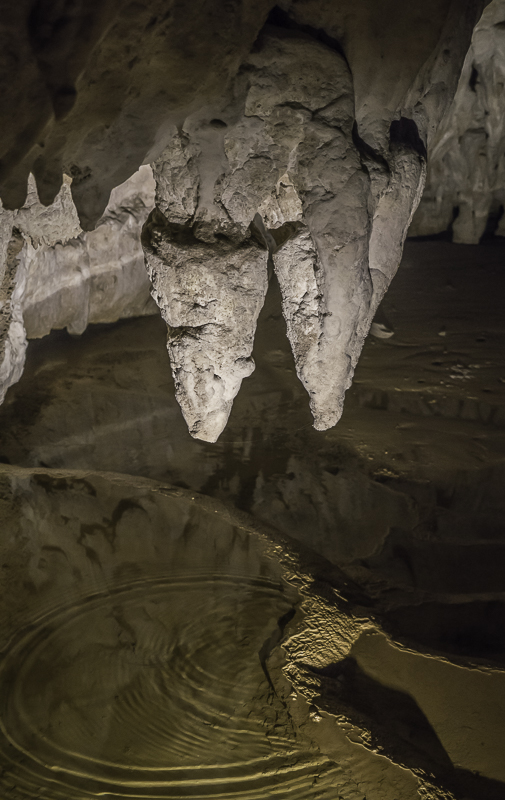
The Dry Caves aren’t actually dry, they just don’t normally have a stream running through the entire width of the cave.
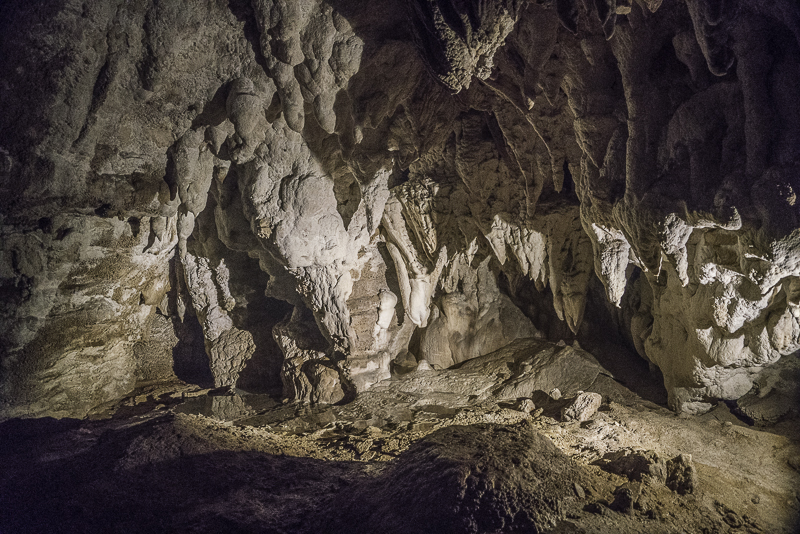
More Stalactites.
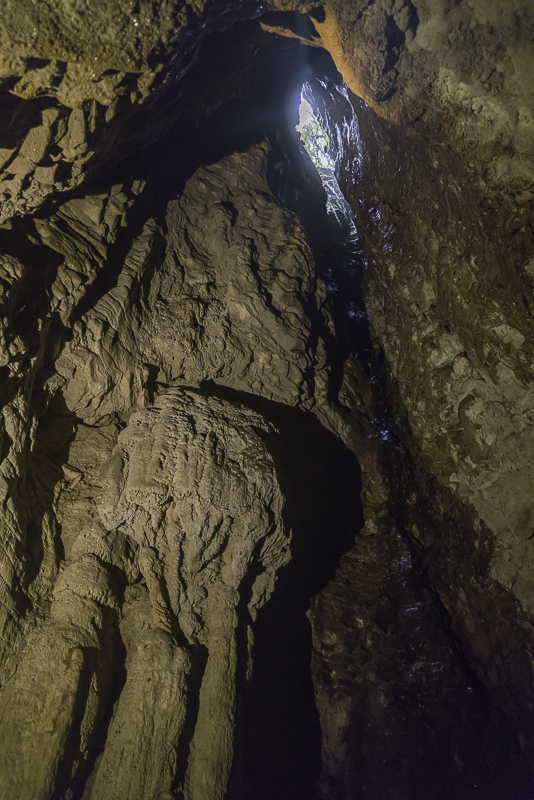
The Dry cave had several places that open vertically to the forest above.
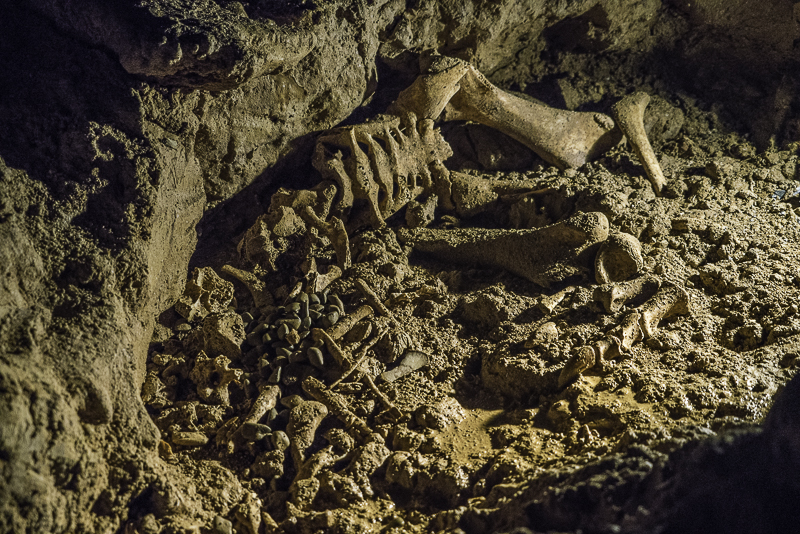
This skeleton is a Moa Bird that has been extinct for over 600 years.
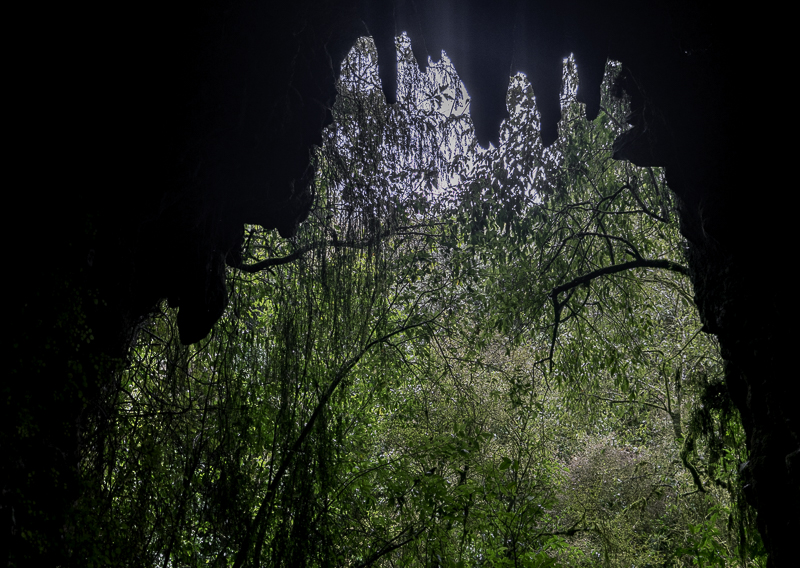
This is the exit from the dry cave.
